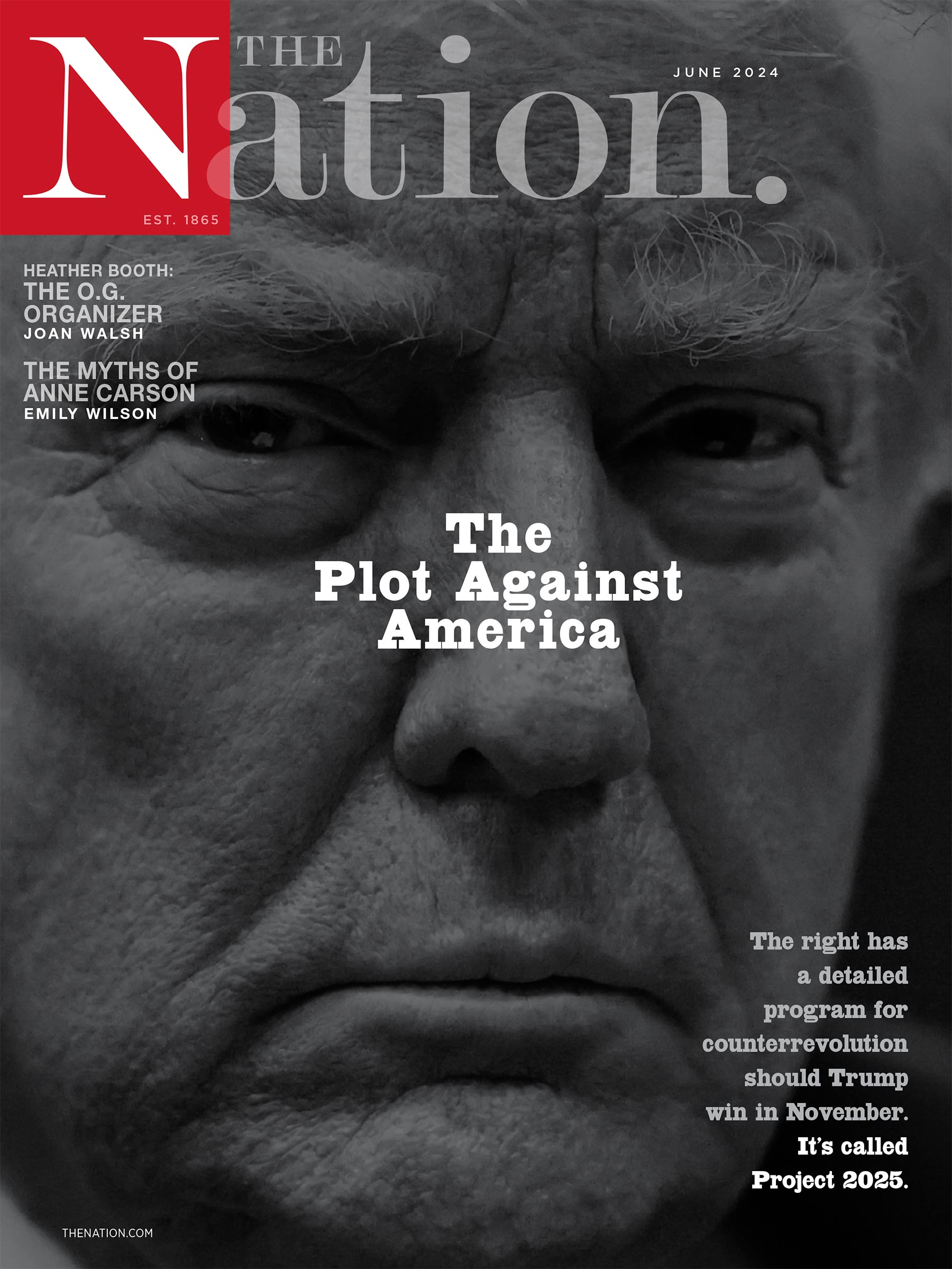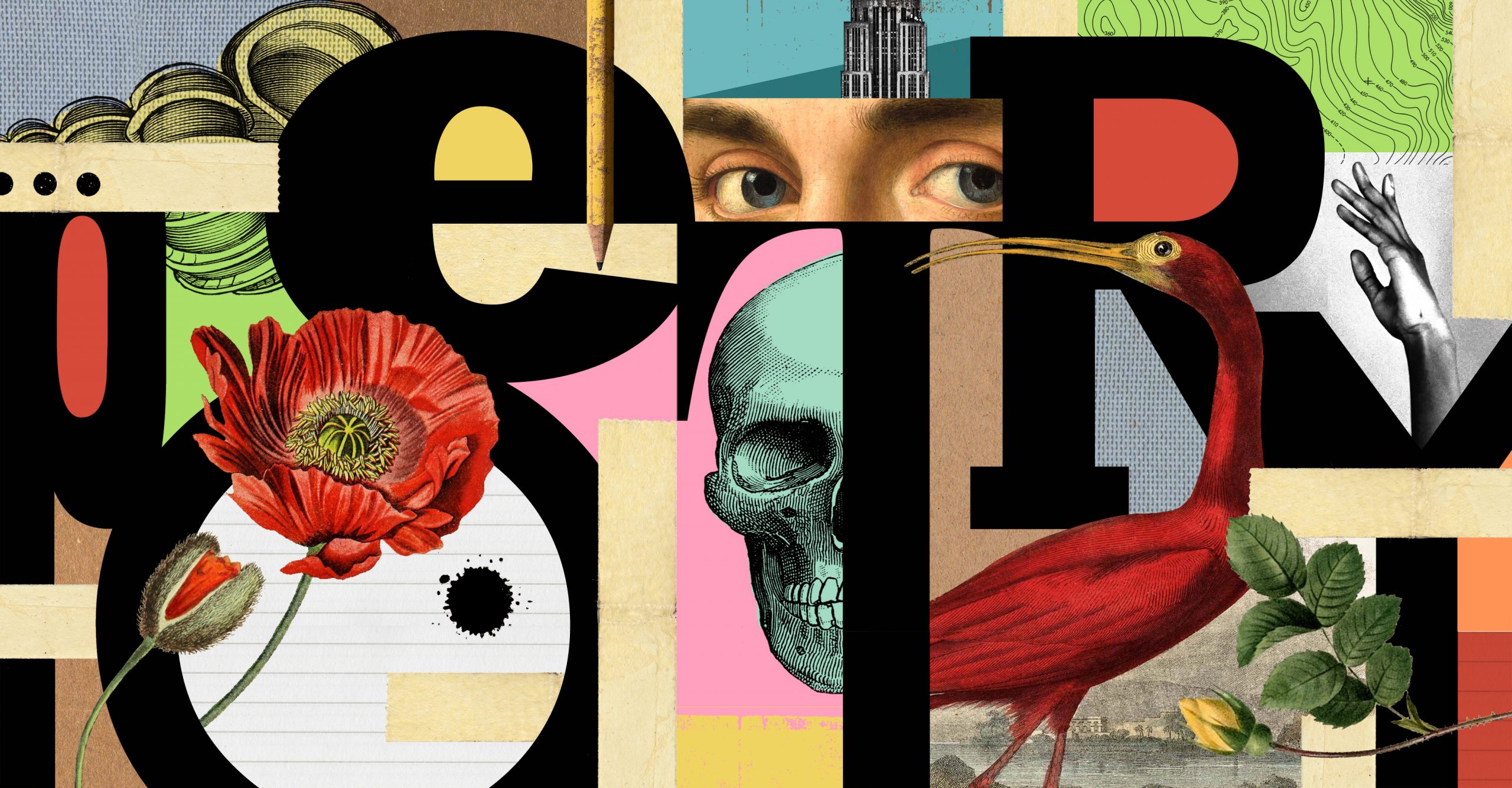A Coming of Age Novel That Puzzles Through Gender
In Griffin Hansbury’s Some Strange Music Draws Me In, a man’s recollections of his transition opens up into a nuanced examination of gender identity’s many contradictions.

Edward Hopper’s October in Cape Cod, 1946.
(Photo by VCG Wilson / Corbis via Getty Images)Bitterness is much easier than community. Living in harmony with those different from us can often seem dangerous. In his new novel, Some Strange Music Draws Me In, Griffin Hansbury tells the story of a trans woman’s fated arrival in a small town that considers even Michael Jackson a gateway drug. Hansbury has previously written nonfiction works under the pseudonym Jeremiah Moss, many of which deal with the effects of gentrification and life in New York City. Some Strange Music, however, takes us to rural Massachusetts, where Sylvia, the trans woman in question, haunts and agitates this bucolic landscape. Through Sylvia, “Mel” (in 1984) and “Max” (in 2019) slowly falls under the spell of Lou Reed and drag. Culture is Mel’s way to become Max and escape the small town of Swaffham. Some Strange Music alternates between the formative summer when Mel and Sylvia first meet and Max’s subsequent life as an adult trans man once again living in his hometown.
Books in review
Some Strange Music Draws Me in
Buy this bookWhen Sylvia moves to Swaffham from New York, “the tranny” begins to disrupt everyone’s ability to bury their gender anxiety. She’s in town to sell the house she has inherited from her mother, a task that proves to be impossible once the townspeople begin a campaign of harassment: on the streets, in public bathrooms, and while she’s driving around in her truck. It’s easier for the locals to label Sylvia a pedophile than to examine their own fears. But Mel ends up tracking Sylvia down anyway, intent on understanding the “strange music” she feels around the tall woman who dresses like a punk. Sylvia takes Mel swimming and tells her about Andy Warhol and Candy Darling before introducing her to Patti Smith’s landmark record Horses, which awakens something in Mel that she can never put away: “Maybe just the existence of my wrong body had triggered weird tremors in the air.”
Nothing can set Mel’s life back on track after meeting Sylvia. She can’t return to normal—not by trying to dress like a man, or by having sex with one. Both lead to painful confrontations, the first with girls who police the bathroom and the second ending in bodily violation. Only kissing her best friend, Jules, leads Mel to the elemental feeling of being alive—“like a boyfriend.” But this also leads to a painful breakdown between the two friends over Sylvia. When Mel lies about how close she is to her queer big sister, Jules spills about the imagined tryst to her older brother, and all hell breaks loose. After Sylvia’s house is set on fire, she decides to leave town, but Mel can’t let go of the fear that it was all her fault.
The lingering debris of their youthful attachment, and the stifling culture that Mel was raised in, become the through lines that allow Max to look back on his stormy youth. “The girl I used to be,” he later reminisces. On the other end of his awakening experience, Max is bitter. In 2019, he’s just been fired from a teaching job due to a fraught discussion about transness and pronouns. Despite being trans, he often comes into conflict with students who, he thinks, weaponize identity politics. When the students critique a book about transness by a cis man, Max fights back, only to be accused of mansplaining and, eventually, transphobia. The generational slippage boils over when his sister comes to town with her kid, Dakota, who may or may not be trans herself. Max’s sister wants Dakota to stay with him, as she thinks Dakota would have a better life with her more (seemingly) understanding sibling. It’s the very do-over Max wishes he’d had as a kid. “People don’t say this often, but queerness can save your life,” he thinks. “It forces you outside.”
Through this intimate examination of desire and destruction, Hansbury builds a careful tale of growing up in an age when mystery was the defining characteristic of the trans experience, opening up the untidiness of trans identity and the fractures that occur when navigating a world without mentors or father figures. Hansbury doesn’t attempt to offer a neat tale of representation or trauma, but instead digs into one particular trans man’s embodied experience and struggle to contextualize his childhood and unsatisfying adulthood. Through Mel and Max, Hansbury is able to explore trans identity at a curious slant, offering a story of the trans-masculine experience that evokes the dangers of a boyhood lived in the shadow of girlhood.
If girlhood is about reckoning with a lack of bodily autonomy in Hanbsury’s novel, masculinity is about unfettered anger. Whether sublimated through class angst or competitions to rid themselves of their virginity, the boys of Some Strange Music attempt to push past their feelings with devilish glee. They even police one another’s cultural intake: which CDs are gay or which haircuts are cool and which aren’t.
As an adult trans man, Max has swallowed his anger whole, letting it fester. “Are we all doomed to be ourselves forever?” he wonders after losing his job. Max begins to think in diatribes: “Nobody wants to hear about my anger,” he tells us early on. This resentment can be overwhelming, which is precisely the point of Hansbury’s critique of masculinity—its lack of kinship. This sort of attitude is prevalent in some online trans-masculine communities on message boards and Twitter. While the novel only occasionally references online communities, it draws heavily on their logic and language to voice Max’s growing frustration with tenderqueers, younger trans people, and the left’s more subtle transphobia. Max watches the right-wing transphobia he experienced as a youth transform into something more nebulous: transphobia in the name of trans people. This ranges from accusations of being “truscum” (believing that only those who medically transition are “valid”) to claims by his students that even examining transphobic texts is inherently transphobic. In Max’s case, he tries—and fails—to teach Middlesex by Jeffrey Eugenides.
Most of Max’s timeline is spent sorting through the house he grew up in. His mother has passed away, and Amazon wants to buy the land for a new fulfillment center. This, among other things, incenses him. On the one hand, there is his sister: an alcoholic, a climate change denier, and, in his opinion, an anti-feminist. Max needles her about “fake news,” the perils of Amazon, and good parenting as they sort through the mess of their inheritance. He wants to reach across the void and comfort her as she struggles to raise a child, but he finds that he has little to say to her. Even when Max asks why she wasn’t around more when he was a kid, their tiffs dissolve into painful silences. There are many holes they can no longer fill.
On the other hand, he’s pissed off about his more chosen path and the people he belongs to—the trans community at large. In particular, Max frets constantly about what it means to be a trans man in a world where trans women receive more visibility. “The female anatomy could not be changed, and so I misunderstood, a girl could not become a boy. I was the most impossible object,” he reflects on his time with Sylvia. He envies her, especially her ability to see into the future: “Trans women, though they never spoke for themselves, and their visibility made them vulnerable, danced into our imaginations…telling us they were possible.” His own transness is found only in flickering alleyways and dreams. A trans woman becomes his salvation.
This is a curious formulation of identity, one that few novelists have dared to explore: the mirroring possibilities of trans men and women and our relationships and responsibilities to one another. “Trans men are men, yes, but we’re also something more,” Max remarks. That “something more” made me think of “On Hating Men (and Becoming One Anyway) ,”Noah Zazanis’s essay on the sometimes fraught impulse to make trans masculinity its own class of sexuality. Zazanis considers misdirected misogyny an additional aspect of the trans-masculine experience, in which the benefits of masculinity are weighed alongside multiple vectors of identity. Yet Zazanis is skeptical about such an approach, which ignores the nuances of gender, class, and race.
For Zazanis, it’s about holding multiple contradictions: that a material analysis of gender and oppression is possible when considering how patriarchy is classed; that gender is not inherently linked to morality or innocence; and that trans men can experience misogyny and perpetuate it as well. Max, meanwhile, struggles to think through his own experience with these nuances while also asking for it from his persecutors. He wants to be seen as both a man and vulnerable to transphobia, but at times he seems to think of himself as exempt from accusations of misogyny. Some of this appears to stem from a lack of community or solidarity with IRL trans people, let alone his own family. His embodiment depends on projections and concepts rather than his friends or lovers. Perhaps this is part of Hansbury’s point—the difficulty in crafting a strong identity in the absence of trans-masculine role models. This cycle is broken only when, at the end of the novel, Max adopts his sister’s child and offers them a stable home where gender can be navigated freely.
Hansbury offers Max as a door to examine the difficulty of formulating a trans identity under the strangulation of transphobia, misogyny, and intentional misreadings of identity politics. This difficulty can lead to erasure, repression, and even a lack of kinship. What would have happened, for instance, if Mel had befriended an older trans man? The threat of transphobia foreclosed his ability to move openly through the world. Instead, Mel must bury her feelings until Max has the space to come out. But this blurring of timelines is also an interesting development. “Girl” and “boy” become blurred as Hansbury attempts to defy the traditional transition timeline. By alternating between girlhood and manhood, Hansbury explores the jaggedness of identity and the lack of easy gendered delineations. This allows the reader a way into understanding Max’s bitterness at being read as only a man, or as someone incapable of perpetuating misogyny.
Popular
“swipe left below to view more authors”Swipe →Max notes, of course, that he must admit he is not speaking for everyone: “I have to say that. If I don’t, you might think I’m trying to represent every trans man.” Many trans writers make such caveats, knowing how often their characters are read as the actual authors of the novels. This defensive posturing is a product of the way our culture conflates the work of authors with their output, especially in oppressed minorities.
Imperfect as he is, Max grows up by the end of this novel, becoming the mentor he so desperately craved as a child. Through him, Hansbury has created a character all too rare in the world of contemporary literary fiction: a man who is able to extend compassion across generations. His life, then, is more than a tense and moving story—it is also a puzzle formed by the spikiness of identity.
Dear reader,
I hope you enjoyed the article you just read. It’s just one of the many deeply-reported and boundary-pushing stories we publish everyday at The Nation. In a time of continued erosion of our fundamental rights and urgent global struggles for peace, independent journalism is now more vital than ever.
As a Nation reader, you are likely an engaged progressive who is passionate about bold ideas. I know I can count on you to help sustain our mission-driven journalism.
This month, we’re kicking off an ambitious Summer Fundraising Campaign with the goal of raising $15,000. With your support, we can continue to produce the hard-hitting journalism you rely on to cut through the noise of conservative, corporate media. Please, donate today.
A better world is out there—and we need your support to reach it.
Onwards,
Katrina vanden Heuvel
Editorial Director and Publisher, The Nation

More from The Nation
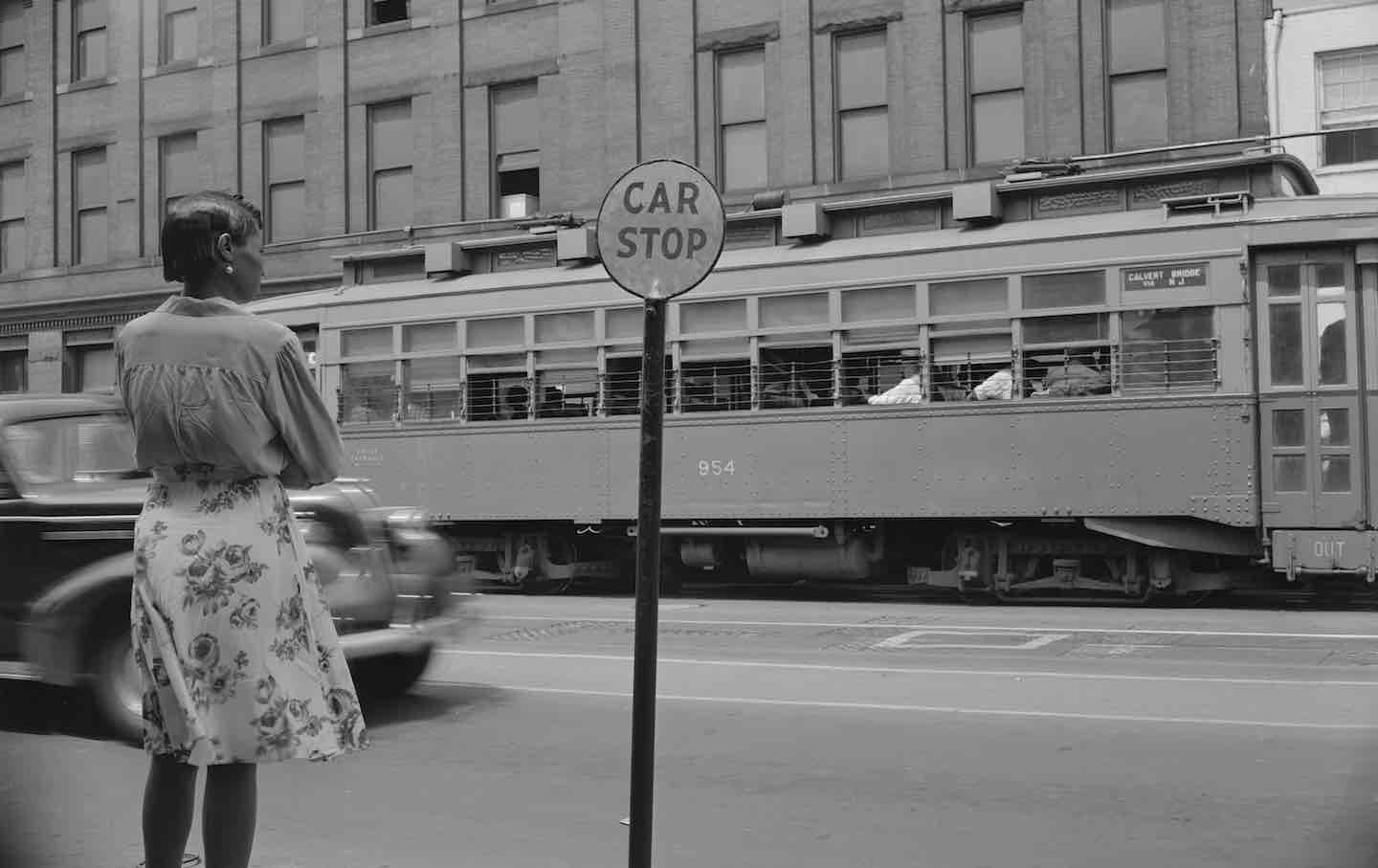
Diane Oliver’s Fiction From Both Sides of the Color Line Diane Oliver’s Fiction From Both Sides of the Color Line
Neighbors and Other Stories, a posthumously released collection, looks at all the uncertainty and promise of coming of age during and after the civil rights era.
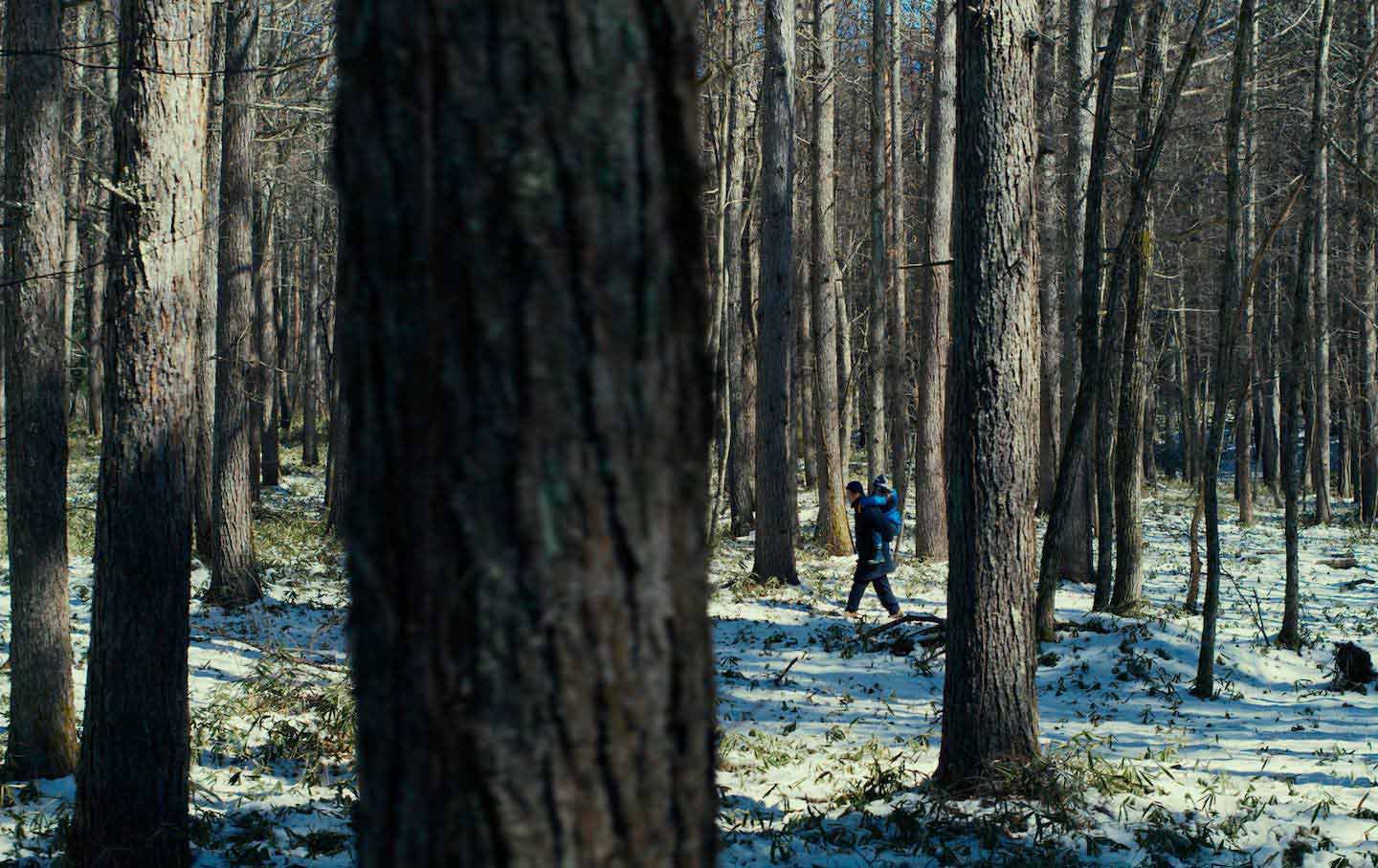
The Inhuman Gaze of “Evil Does Not Exist” The Inhuman Gaze of “Evil Does Not Exist”
Ryusuke Hamaguchi’s new film, an eco-thriller set in a sylvan Japanese town, explores the messy entanglements of human, machine, and nature that make up planetary existence.
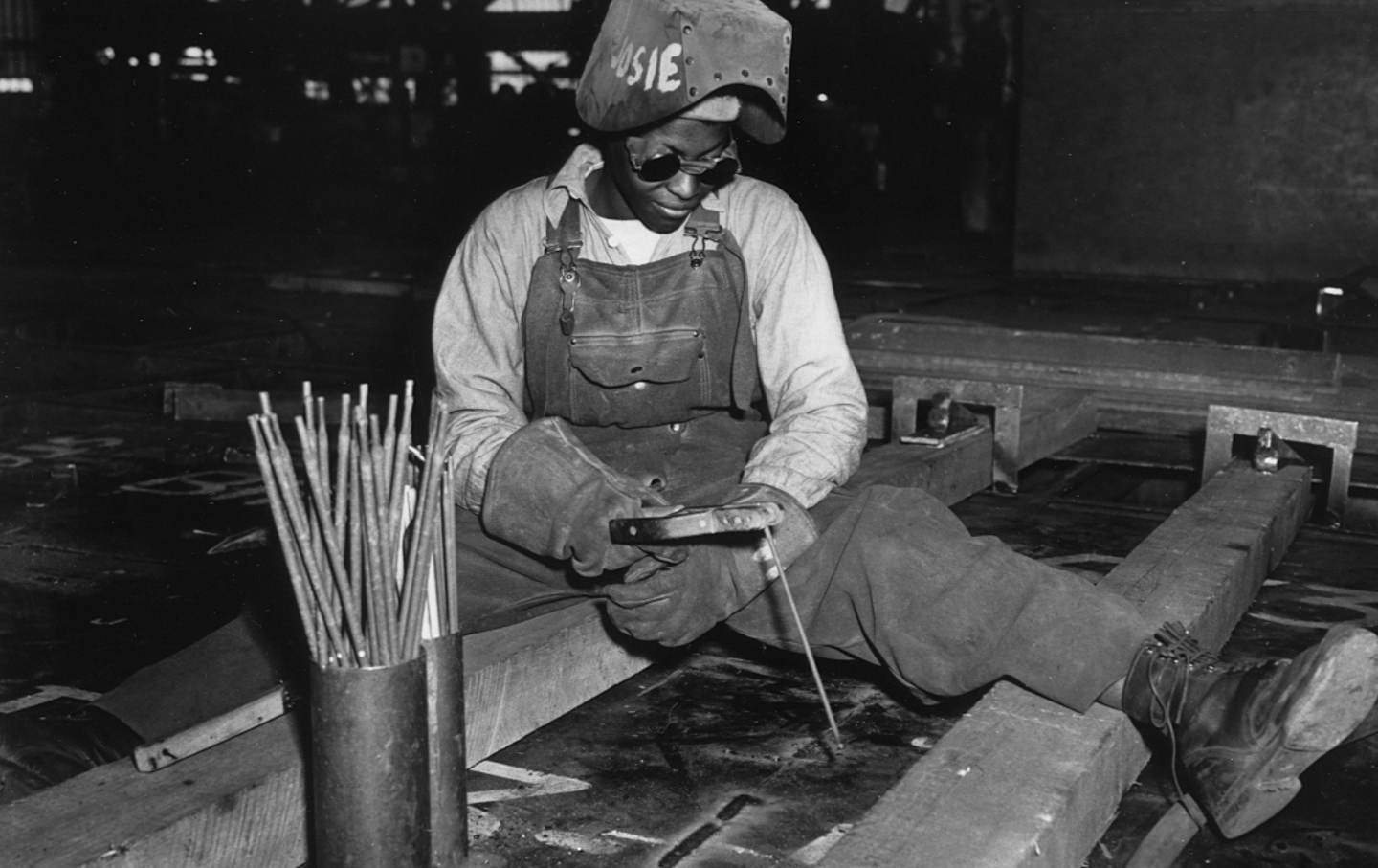
A Sweeping History of the Black Working Class A Sweeping History of the Black Working Class
By focusing on the Black working class and its long history, Blair LM Kelley’s book, Black Folk, helps tell the larger story of American democracy over the past two and a half cen...
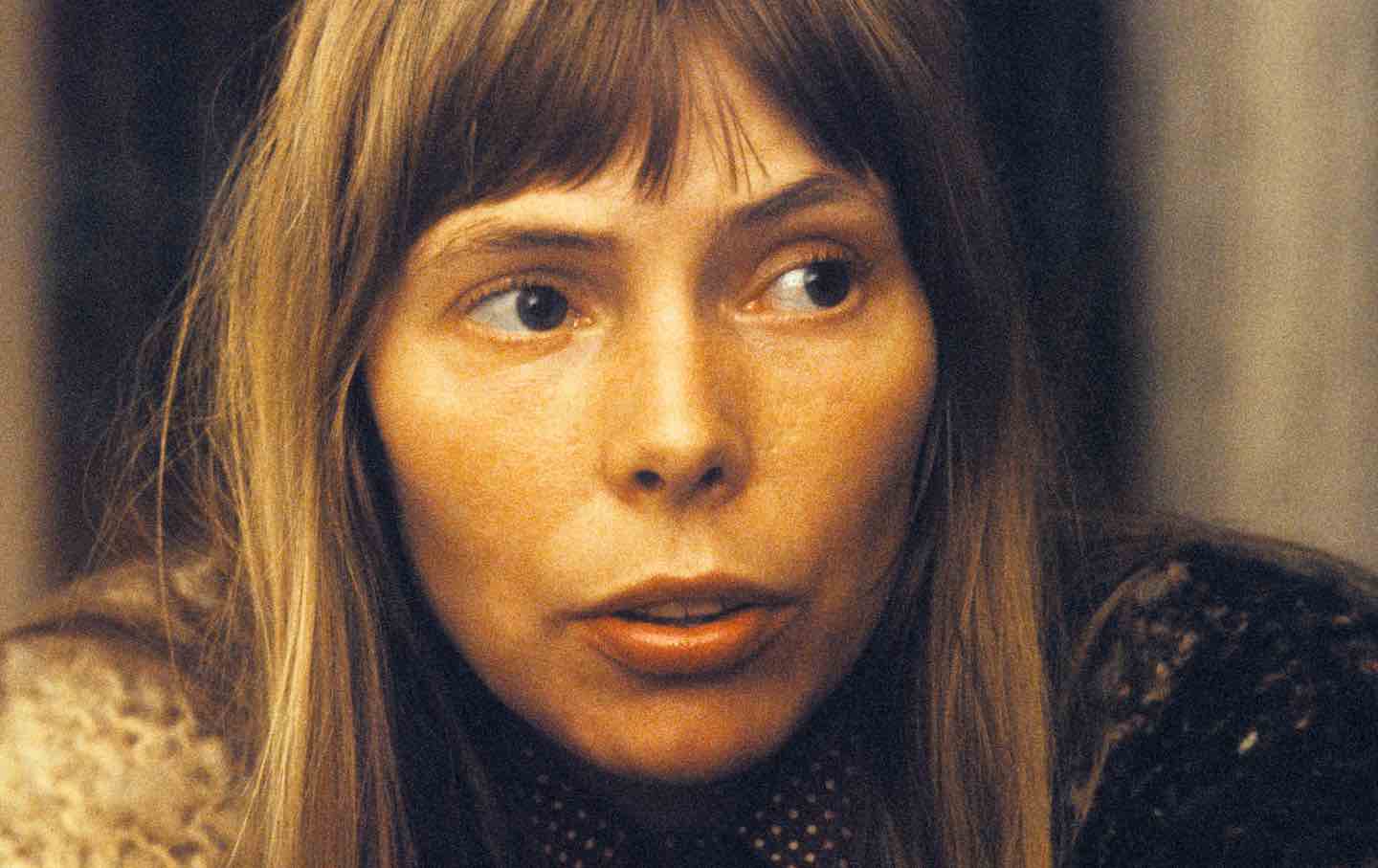
Seeing Ourselves in Joni Mitchell Seeing Ourselves in Joni Mitchell
Ann Powers’s deeply personal biography of Joni Mitchell looks at how a generation of listeners came to identify with the folk singer’s intimate songs.

What’s the Deal With Manhattan’s Pencil-Thin High Rises? What’s the Deal With Manhattan’s Pencil-Thin High Rises?
A walk along 57th Street.
